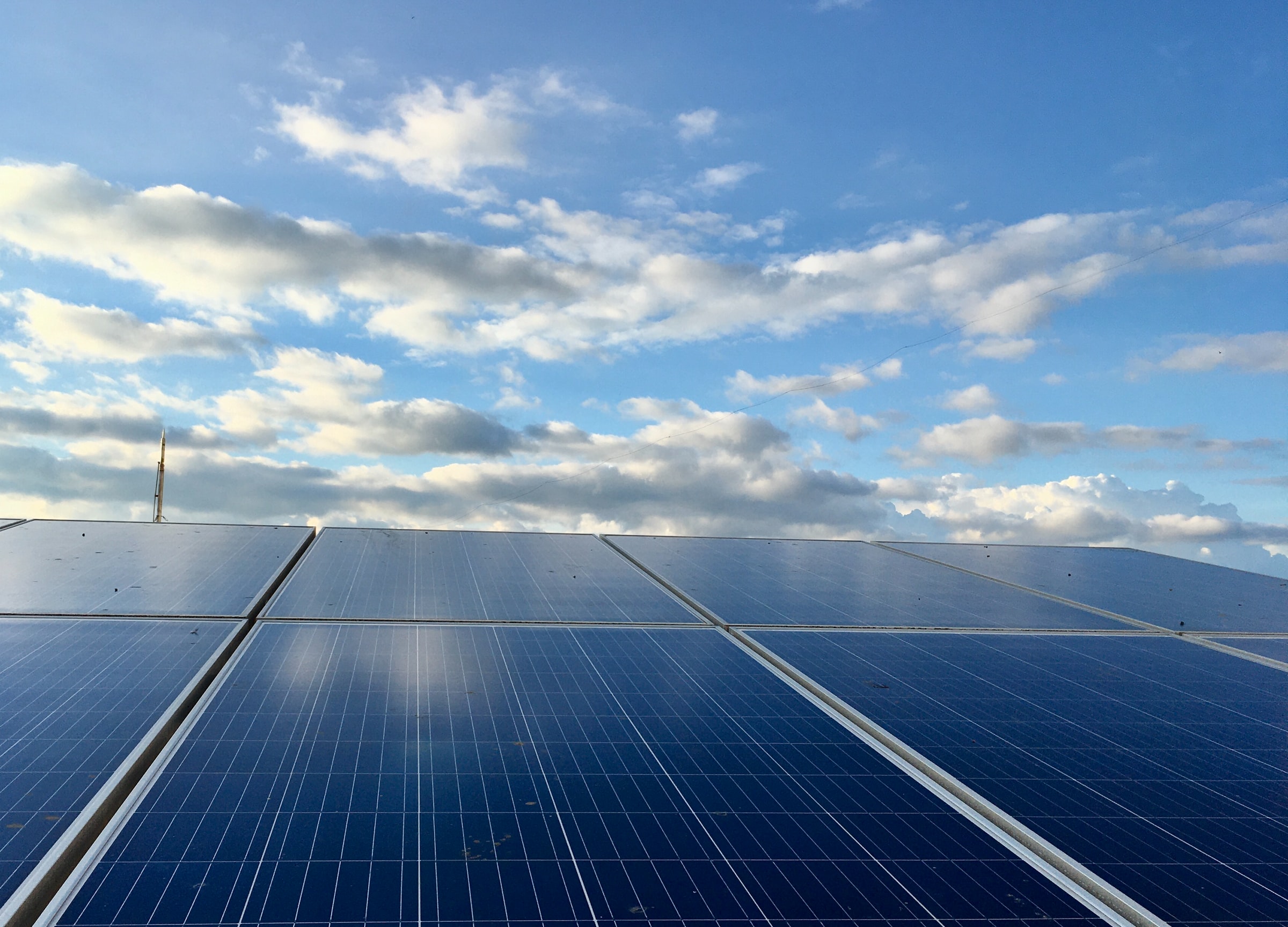The word “Arctic” is seldom associated with images of sweltering heat. Yet in recent months, popular perceptions have changed. Everyone has heard about the record-breaking heatwave burning through Siberia. The high temperatures are melting permafrost and air temperatures have hit up to 38ºC, breaking records in the remote town of Verkhoyansk that recorded the highest temperature ever in the Arctic.
The Arctic is warming at twice the rate of the global average and at the end of June land surface temperatures reached a staggering 45ºC in a variety of spots according to European satellite data. Although land surface temperatures are not usually given the same importance as air temperatures, a UN panel of climate scientists indicates that they are rising vertiginously in the Arctic, with drastic consequences.
#ImageOfTheDay #ArcticHeatWave #ClimateAction #EUSpace
Many air 🌡️ records have recently been broken in #Siberia
On 19 June Land Surface Temperature (LST) reached 45°C at several locations in the #Arctic Circle
Data retrieved by #Sentinel3 🇪🇺🛰️
Check the 2019-2020 comparison ⬇️ pic.twitter.com/aFggpPmJiY— 🇪🇺 DG DEFIS #StrongerTogether (@defis_eu) June 23, 2020
In a 2019 report by the UN’s Intergovernmental Panel on Climate Change the effects of rising temperatures are clearly reported: “permafrost temperatures have increased to record high levels […] Widespread disappearance of Arctic near-surface permafrost is projected to occur this century as a result of warming (very high confidence), with important consequences for global climate.”
As permafrost thaws, it results in the release of greenhouse gases from the decomposition of organic material that had long been frozen and could release as much as 240 billion tonnes of carbon by 2100.
Heatwave smouldering Siberia
During the opening 6 months of 2020, Siberia has experienced anomalously high temperatures even when compared to the last decade, including a record-breaking 38ºC in the town of Verkhoyansk on 20 June. The Russian Meteorological Service said that this measured temperature was the highest ever recorded beyond the Arctic circle, with the World Meteorological Organization carrying out its own research to verify this.
The recent heatwave in Siberia would have been “almost impossible” without rising emissions.
With dire consequences for wildfires, melting permafrost and the proliferation of pests. Overall, the 6 months from January to June 2020 were more than 5ºC warmer than average (1981–2010) over the study region.
Bringing a wide range of natural and human disasters that led President Putin to declare a state of emergency, as reported in the media including The Guardian, Reuters and The New York Times. Siberian forests have been experiencing wildfires because of the hot, dry conditions and led to the release of 56 Megatons of CO2 in June alone.
Siberia: a man-induced heatwave?
All this begs the question: what is causing these heatwaves and record breaking temperatures? According to scientists from the World Weather Attribution (WWA) project, that specialises in identifying the correlation between extreme weather events and climate change, the recent heatwave in Siberia would have been “almost impossible” without rising emissions. The report reveals that the January-to-June-2020 heatwave was 600 times more likely due to anthropogenic climate change. Furthermore, record-breaking June temperatures, including the one reported in Verkhoyansk were also made more probable. “Combining the values from the models and weather observations shows that for the large region the same six-months hot spell would have been at least 2ºC cooler had it occurred in 1900 instead of 2020. For Verkhoyansk, maximum June temperatures increased due to climate change by at least 1ºC compared to 1900”, the study reads.
Dorotea Iovino, an oceanographer expert in numerical modelling at CMCC, puts these numbers into context: “The WWA initiative gives further evidence of extreme temperatures occurring more frequently around the world in a warming global climate. Human fingerprints are found on recent disasters such as the Australian bushfires and record rainfall during Hurricane Harvey. The Arctic is one of the most rapidly warming regions on Earth, in some regions, the temperature rise is four times higher than the global average. The Arctic heat has triggered the rapid decrease of sea ice, the thawing of carbon-rich permafrost and extreme wildfires. The WWA analysis finds with high confidence that in a world without climate change, such extreme six-month average temperatures across Siberia would only be expected around every 80,000 years. Even for the current climate, such a prolonged heatwave would still be unlikely and expected to recur less than once every 130 years, but, without rapid cuts and greenhouse gas emissions, they risk becoming frequent by the end of the century.”
From a scientific point of view it is always useful to compare different ways to define an event in order to assess how much the results depend on the exact definition.
How accurate are these finding?
“The large regional definition is relevant for most impacts whereas the temperature record at an individual place can help people understand their local changing climate”, outlines the WWA report. “From a scientific point of view it is always useful to compare different ways to define an event in order to assess how much the results depend on the exact definition.” In the case of the WWA report both extreme events (prolonged six-month heat and record daily temperature in June 2020 in Verkhoyansk) have been strongly influenced by anthropogenic climate change. “While we are very confident that the large-scale prolonged event would have been essentially impossible without climate change, our confidence for the daily record at the individual weather station is much lower”, the report continues.
However, Iovino is also careful to point out that: “This Siberian heat was also driven by a series of unusual meteorological events, including a blocking weather event. The WWA research looked into the synoptics of the Siberian events, but not yet the weather patterns that led to the event in detail or addressed if the frequency of those patterns is likely to increase. The potential influence of climate change on these weather patterns remains an open research question”, she explains.
Global consequences require global actions
In places such as Siberia, a hotter climate can have devastating effects, not just on the local wildlife and people who live there, but also on the world’s climate system as a whole, for example through thawing permafrost, reduced snow cover and melting ice.
The current Siberian heat has contributed to raising the world’s average temperature to the 2nd hottest on record for the period January to May. In response on 20 July, the EC European Commission and the European External Action Service came together to establish a public consultation on the way forward for the European Union’s Arctic policy. This aims to open a discussion on the EU’s Arctic policy due to the new challenges that are emerging and how to tackle them, including the use of the European Green Deal.
High Representative/Vice-President Josep Borrell said: “The Arctic is a rapidly evolving frontier in international relations. Climate change is dramatically transforming the region, and increasing its geopolitical importance, with a number of players seeing new strategic and economic opportunities in the High North. We must ensure that the Arctic remains a zone of low tension and peaceful cooperation, where issues are solved through constructive dialogue. The European Union must be fully equipped to manage the new dynamics effectively, in line with our interests and values.”






